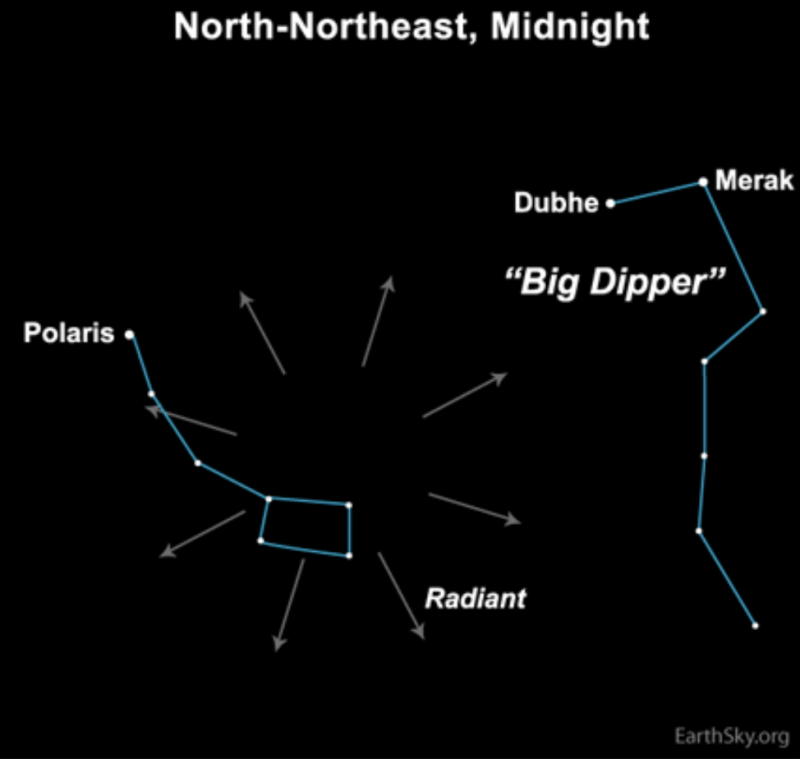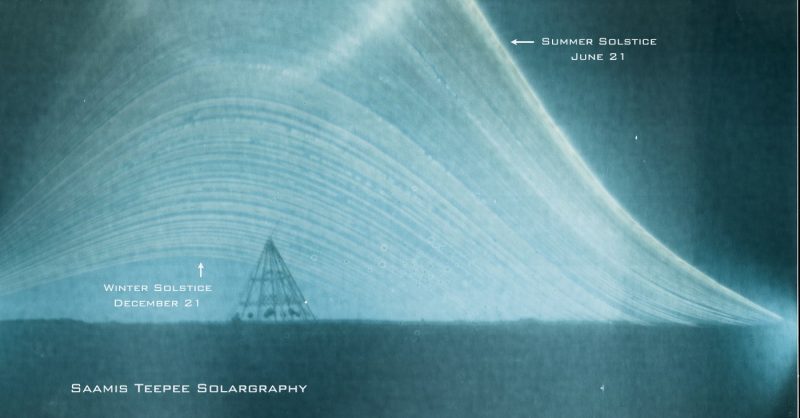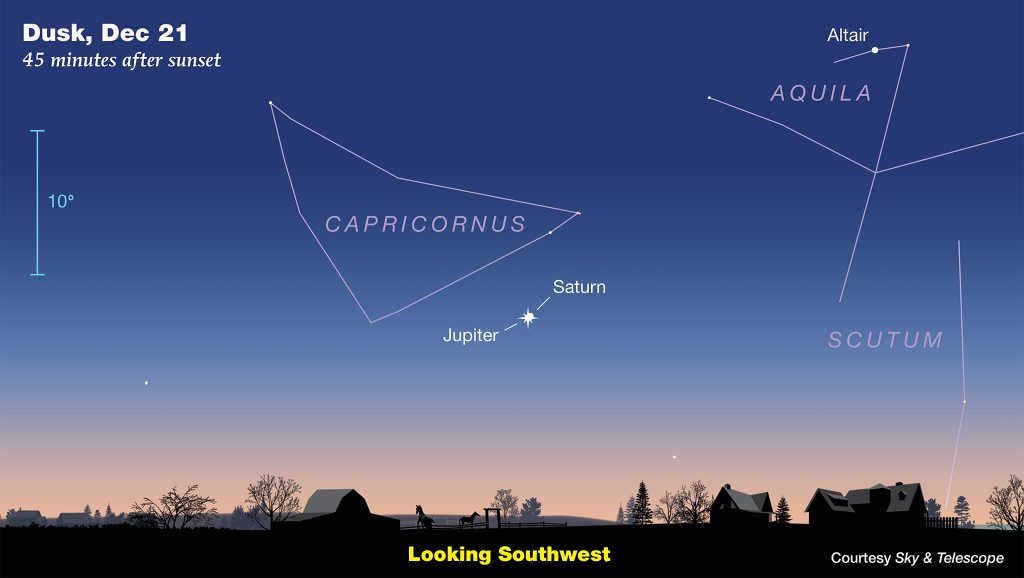Everything this next week seems to be happening on the 21st.

First up, the peak of another meteor shower is upon us. While not as well known as the Geminids or as active, the Ursids can still put on a bit of a show as we near the peak of the shower. And that peak is December 21st. (We warned you everything was happening then.)
Technically, the peak may actually be the morning of the 22nd, but a day on either side should still provide you with a few meteors. In other words, it’s not a shower to expect a lot out of, with only about 5-10 meteors an hour, and you’ll need dark skies. But hey, even if that doesn’t work out, those darn Geminids are still going!
Remember to bundle up and go someplace dark, then kick back, be patient, and you can enjoy the view.

When Beth and I say “bundle up” we are showing our northern hemisphere bias. Ally, Annie, and I all had snow this week, and even Northern California hasn’t been all that warm for Beth. For those of you in the southern hemisphere, well, we are sad to say you need to wear clothes unless you are in someplace really isolated. We know it’s hot, but…
No matter what season you are experiencing, things are getting ready to make a change. December 21 is also the southern solstice, that day when the Sun hits its southernmost location in the sky before turning around and heading north again. This means those of us in the north will start getting more sunlight finally, and those of you in the south can look forward to earlier sunsets and shorter days.
Unfortunately, thermal conditions lag, and February is likely to be the coldest month for us and the hottest month for those of you down under.

Finally, we remind you once again that Jupiter and Saturn are nearing what everyone is calling their Great Conjunction. Also happening on the 21st, the two planets will be so close together in the sky that they will appear as one bright star. Lots of people have been taking pictures of the progression as the pair move closer and closer. This is a once-in-800-years event, so make sure you take a look.
You’ll want to look to the southwest about 45 minutes after sunset and about 15 degrees above the horizon — slightly farther up than the width of your fist while held at arm’s length. The view should be spectacular, so long as you don’t have any pesky clouds in the way. Nobody buy new astronomy gear this next week, please!
More Information
Ursids meteor shower: EarthSky article
Winter/summer solstice: EarthSky article
Jupiter-Saturn conjunction: Sky & Telescope article




 Join the Crew!
Join the Crew!
 Escape Velocity Space News
Escape Velocity Space News
0 Comments